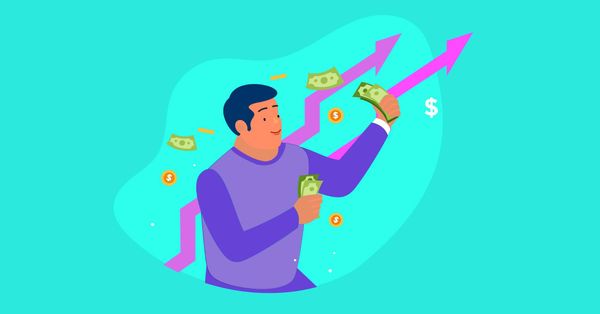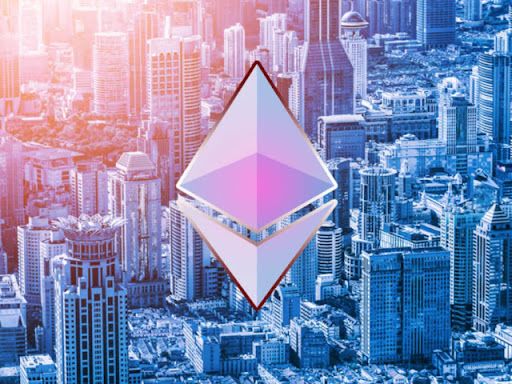What are NFTs, and Why Should I Care?
If you’ve been on the Internet long enough, chances are you’ve run into this at some point.
This popular image, dubbed ‘Nyan Cat’ was created by Chris Torres around a decade ago. In February 2021, Torres sold an NFT version of this image for nearly $600,000.
Let that sink in for a moment.
Now that we have your attention, let’s talk about NFTs.
It all starts with fungibility
If you already understand the concept of fungibility, please feel free to skip ahead to the next section. Everyone else, let’s dive into an example:
Suppose you take a $100 note to the bank and deposit it in your account. If you go back a day later and withdraw the same $100, the chances of you receiving the exact note you deposited are minimal. But you wouldn’t care, because the note you got back is still worth $100, so why bother, right?
This property of money, where every note of the same denomination has the same value and can be replaced by another note, is called fungibility.
So what’s special about NFTs?
Don’t worry. We’ve got you.
NFT stands for Non-Fungible Token.
If you think about it, any digital asset like an image you create on MS Paint, or Torres’ Nyan Cat GIF, is fungible. Once Torres uploaded the GIF online, thousands of people could right click and copy his work, and essentially all the copies could be used interchangeably. This important property differentiates Torres’ Nyan Cat from Leornado Da Vinci’s Mona Lisa. While the original Mona Lisa is easy to identify as a unique piece and appreciates in value due to its historic and cultural significance, Torres’ Nyan Cat copies are indistinguishable from one another and hence digital art, which may acquire similar cultural significance, was traditionally difficult for a creator to monetise.
But then came the blockchain, which solved the problem of transparently recording ownership of items and their transfer in a tamper proof manner. (We’ve written about how blockchains work here).
Just like Apple figured out that the rapidly shrinking size of storage devices meant they could now create the iPod, this unique function of the blockchain meant that digital art, if put on a blockchain, could be uniquely verified as the original work of a creator and therefore had value.
Suddenly, a new asset class emerged.
The NFT explosion
The blockchain has been a boost for the creator economy, allowing creators to cut loose from platforms and monetise their work independently. Authors could put their essays and stories on the blockchain, artists could mint NFTs of their artwork, and anyone could purchase the original if they felt that it was likely to become significant in society. Sure, you can still right click and copy (just like you can buy a print or click a picture of the Mona Lisa), but the owner of the original NFT would have the proof of possessing the ‘original’.
Here are a few other use cases for NFTs:
Digital assets as collectors items are another interesting use case for NFTs. Imagine if your collection of rare sports cards could be preserved digitally? The digital medium is giving rise to a whole host of new items that can now become collectibles worth paying for. The NBA is releasing packs of ‘Top Shots’, allowing users to buy highlights of legendary moments featuring their favourite players, forever preserved as NFTs.
Here’s a highlight someone paid $208,000 for:
This direct way of monetising talent is a big hit among teenagers today, who are essentially citizens of the Internet and always on the lookout for the next big opportunity.
Okay so how are NFTs valued?
Now that’s a great question. This tweet by Twitter founder Jack Dorsey sold as an NFT for about $3 Million. This video by Beeple sold for about $6 Million. One may ask, why such a huge difference?
To answer this, we need to throw it back to the part where we talked about the difference between a fungible and a non-fungible asset. At any given point in time, all Bitcoins that are in circulation will be priced the same. But an NFT’s value is simply the highest value that it’s bid for. Like an auction.
It’s worth what you want it to be worth.
So that’s what NFTs are, and hopefully we’ve explained them well enough for you to care about them. The next time you’re doodling around on MS Paint, consider minting an NFT. Who knows what could happen?
Yodaa is a smart money app and card for the entire family. Join the club of the smartest financially empowered teens in India and SE Asia. Get Yodaa today.



